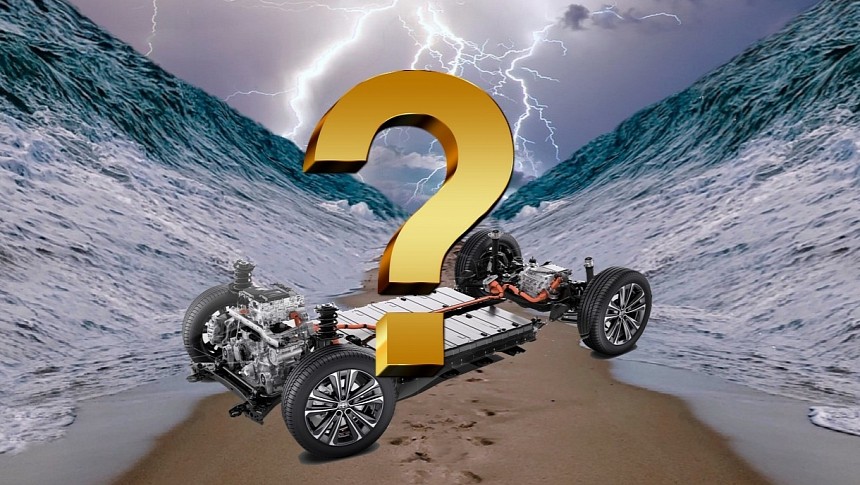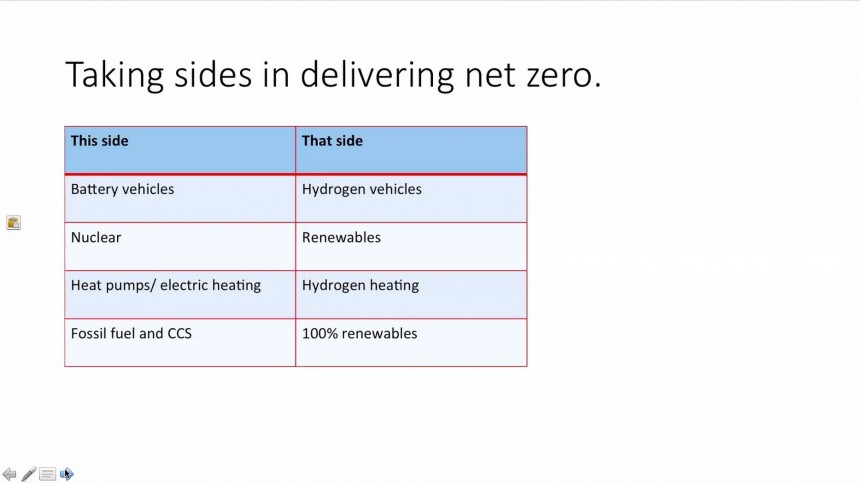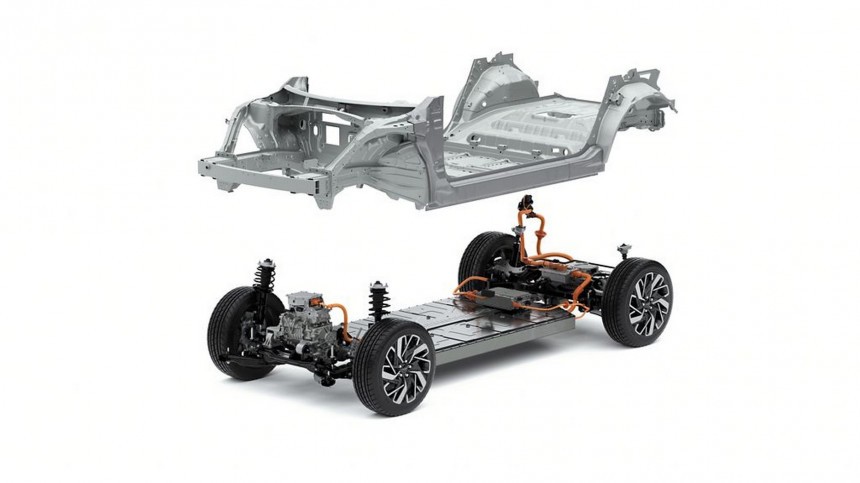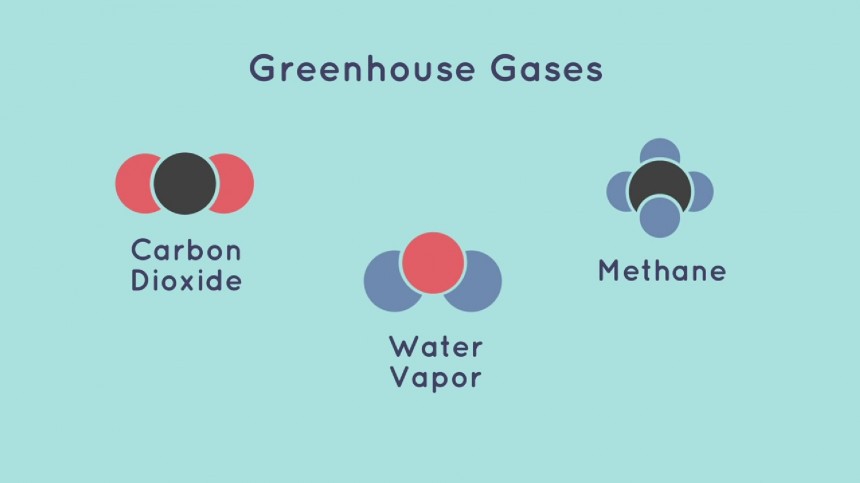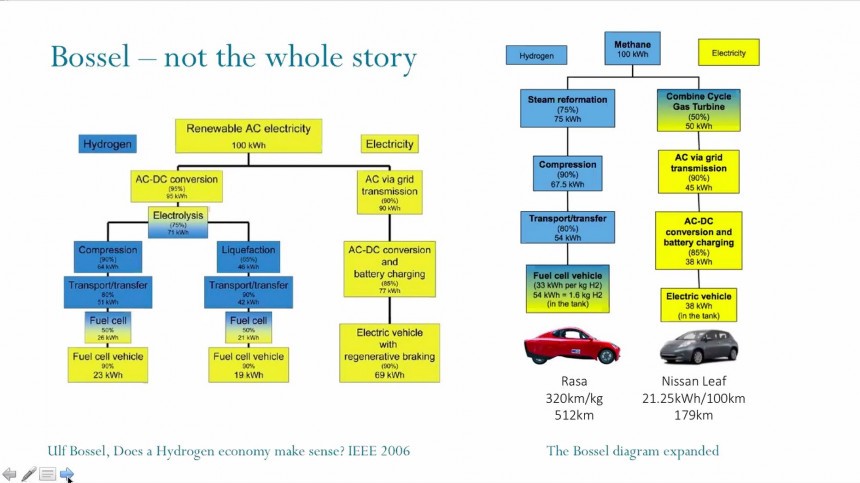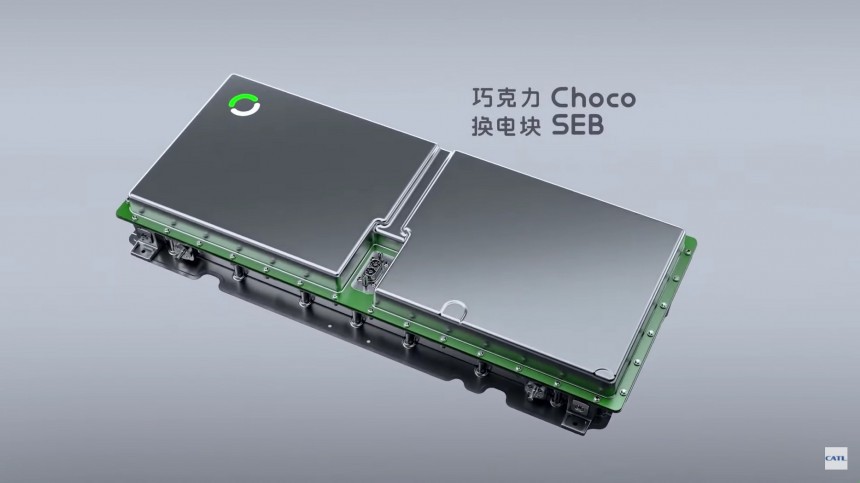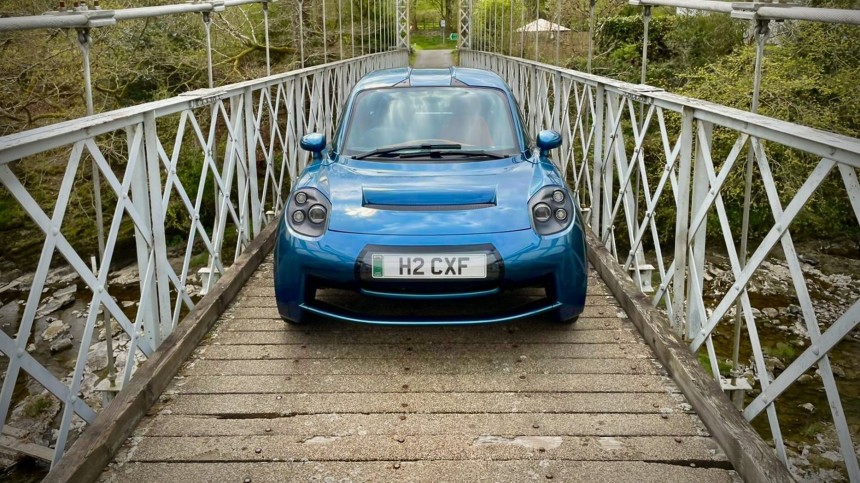You do not have to believe Jesus or Moses (Moshe) to understand the meaning of Easter (Pesach). For the Jewish people, it represents getting back to freedom after generations of slavery in Egypt. For Christians, it symbolizes a path to eternal life. Believe it or not, these celebrations reminded me of the water-shedding moment the automotive industry is currently experiencing. When it is completed, I wonder what the automotive Easter (Pesach) will be.
Please don’t get me wrong. I know how transcendent Passover and Easter are, and I mean no disrespect to any of them with this comparison. I am just sticking to the idea they offer of moving from one state to an improved or even perfect one. When it comes to vehicles, we are moving from an era of combustion engines and fossil fuels to one of electric motors and clean energy. Yet, there are multiple possible outcomes related to this shift.
Some people want electric cars to have massive battery packs. They are considered the most efficient option available, the ones that make the most of the energy they can hold. At the same time, their advocates present them as saviors of the planet, the transportation Messiahs. However, those worshiping this solution may be following false prophets.
The current cell technology is not meant to last as much as a vehicle can, particularly if you have to fast charge it too often. Either you have a cheap replacement for the batteries that will eventually fail, or you will end up with a car that will fail to drive you to the other margin of the Red Sea – or anywhere else you need to go. Freedom of movement may then turn into a short-lived illusion.
With costly battery packs, the vehicles based on them are expensive. That means they are restricted to wealthy people. Either everyone is entitled to cross in this Passover, or it does not mean anything other than virtue-signaling. Pharisees used to love that.
Some other people are pretty happy with synthetic and renewable fuels and believe the shift to a cleaner future is limited to changing what engines burn. They also expect it to care only about carbon emissions, which is a massive mistake.
Those guys fail to grasp that combustion engines are doomed to die because they are intrinsically inefficient and dirty. Just remember ozone, hydrocarbons, nitrogen oxides, and several other pollutants to understand what I mean. If there is any role left for these fuels to play, it is to power range extenders or as a more practical method to store hydrogen.
That leads us to those defending that electric vehicles should be powered by hydrogen and fuel cells. With few FCEVs on the roads, we have no idea how long their fuel cells can last and how much it will cost to replace them. On top of that, there is no hydrogen network available to top up fuel cell vehicles in most places, which makes them more of a curiosity than a real EV alternative until (and if) that problem is fixed.
It may be the case that the shift is much broader than carmakers want it to be. It may involve changing absolutely everything we know about vehicles and the ownership experience they offer nowadays.
Those trying to make BEVs work may eventually concede that they only make sense if owners do not have to worry about the battery packs. Buying them new and pushing that concern to those purchasing these cars after the warranty is over is something Pontius Pilate would do. In other words, washing your hands of this issue is not very Christian.
If people still own cars but have batteries as a service, their only concern is to pay for the use of swappable battery packs or battery modules, such as the Choco-SEBs CATL developed. They have a high chance of becoming the standard the automotive industry needs to make every electric car accept the same module. Battery packs would be much more difficult to conform to several different vehicles.
Another possibility is that you never own an electric car. They will be leased or rented, which may turn BEVs into mobility service providers, not goods. Volkswagen even said it was willing to lease older vehicles to retain the property of their battery packs. Multiple carmakers are now trying this business model with rental services, which means they want to be prepared if the tides turn into something like that.
Riversimple probably came up with the best idea so far to merge the automotive industry with a circular economy. It will never sell any of its vehicles, and the monthly fee it plans to charge will cover all expenses, including hydrogen refueling. The Riversimple Rasa has a system called a network electric powertrain, composed of ultracapacitors and a small hydrogen fuel cell. The ultracapacitors charge and discharge extremely fast, providing the energy for accelerations. They also store the energy from regenerative braking much better than regular cells, apart from being much cheaper. The fuel cell's only function is to power the motor at constant speeds.
The Rasa is exceptionally light, which helps it deliver amazing energy efficiency, something Riversimple wants more than the users. The more it can do with the hydrogen it uses, the more profitable the company can be. The same applies to how robust and easy to repair it is: Riversimple also pays for that. Although it can always change the monthly fee to have the customers support these expenses, it must keep it as low as possible to attract more clients. That said, the more reliable the car is, the better. As brilliant as the idea is, it is yet to meet its first customers and face the reality check it needs.
There is another possible outcome that is pretty dark: several people that have always criticized automobiles hope they do not resist the change. They are always urging cities to recover space for people, ban traffic everywhere, kill parking spaces whenever possible, and so forth. For them, the best revolution will be if everyone is forced to count on public transportation or bicycles. In other words, to be what China was before Volkswagen started making cars there in the 1980s, bringing several carmakers into its trail. They will never say this is their goal, but the devil is in the details.
As you can see, the automotive industry is on the verge of a profound transformation. Like Pesach, Passover, or Easter, it will be so substantial we will remember it years after it happens. We just don’t have the time distance required to classify the outcomes: it is happening right now. Salvation is as possible as condemnation. Sadly, what’s left for those with faith in personal transportation is to watch… and pray.
Some people want electric cars to have massive battery packs. They are considered the most efficient option available, the ones that make the most of the energy they can hold. At the same time, their advocates present them as saviors of the planet, the transportation Messiahs. However, those worshiping this solution may be following false prophets.
With costly battery packs, the vehicles based on them are expensive. That means they are restricted to wealthy people. Either everyone is entitled to cross in this Passover, or it does not mean anything other than virtue-signaling. Pharisees used to love that.
Those guys fail to grasp that combustion engines are doomed to die because they are intrinsically inefficient and dirty. Just remember ozone, hydrocarbons, nitrogen oxides, and several other pollutants to understand what I mean. If there is any role left for these fuels to play, it is to power range extenders or as a more practical method to store hydrogen.
It may be the case that the shift is much broader than carmakers want it to be. It may involve changing absolutely everything we know about vehicles and the ownership experience they offer nowadays.
If people still own cars but have batteries as a service, their only concern is to pay for the use of swappable battery packs or battery modules, such as the Choco-SEBs CATL developed. They have a high chance of becoming the standard the automotive industry needs to make every electric car accept the same module. Battery packs would be much more difficult to conform to several different vehicles.
Riversimple probably came up with the best idea so far to merge the automotive industry with a circular economy. It will never sell any of its vehicles, and the monthly fee it plans to charge will cover all expenses, including hydrogen refueling. The Riversimple Rasa has a system called a network electric powertrain, composed of ultracapacitors and a small hydrogen fuel cell. The ultracapacitors charge and discharge extremely fast, providing the energy for accelerations. They also store the energy from regenerative braking much better than regular cells, apart from being much cheaper. The fuel cell's only function is to power the motor at constant speeds.
There is another possible outcome that is pretty dark: several people that have always criticized automobiles hope they do not resist the change. They are always urging cities to recover space for people, ban traffic everywhere, kill parking spaces whenever possible, and so forth. For them, the best revolution will be if everyone is forced to count on public transportation or bicycles. In other words, to be what China was before Volkswagen started making cars there in the 1980s, bringing several carmakers into its trail. They will never say this is their goal, but the devil is in the details.
As you can see, the automotive industry is on the verge of a profound transformation. Like Pesach, Passover, or Easter, it will be so substantial we will remember it years after it happens. We just don’t have the time distance required to classify the outcomes: it is happening right now. Salvation is as possible as condemnation. Sadly, what’s left for those with faith in personal transportation is to watch… and pray.
